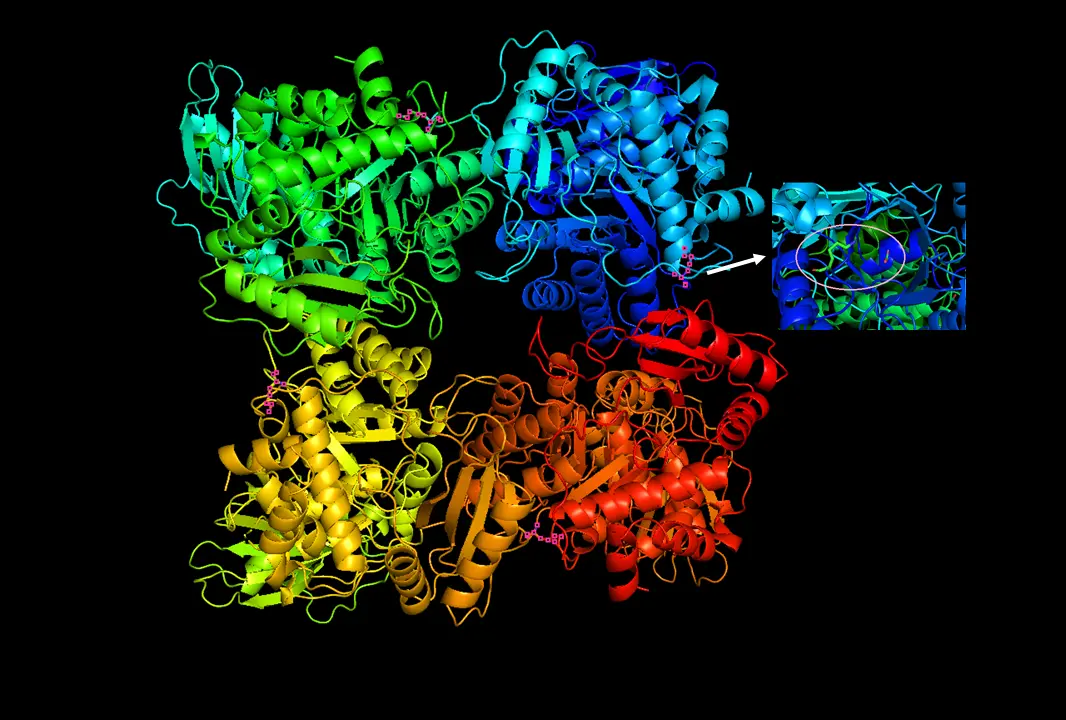or just a ‘poof’?
I mean the sun is pretty heckin huge

It would a situation of, “who threw that pebble?”
You can’t fool me with that label of “diameter”, I know that’s actually a trench with an exhaust port that if successfully fired into will cause a cascading failure
Ah, but at what speed?
The speed of love.
Skyscrapers are winking
Now I’m imagining the type of event that could cause a planet to move at such a significant percent of c that you could disrupt the sun with it. I don’t think we’re gonna get a planet moving that fast. I think we’d be limited to stellar core remnants to get that kick in velocity.
As it is, our entire solar system is orbiting at 514,000mph or about 1/1300th the speed of light relative to the center of the galaxy. And the Milky Way Galaxy is moving at about 1.3 million mph through the universe.
All I can think of is aliens. I can’t think of anything in nature that could get a planet moving that fast.
Now a much more dense object like a mini black hole? That’s a more interesting question.
Could it go fast enough that it doesn’t have enough time to absorb significant amounts of heat and pops out the other side basically intact?
We are going to collide with the Andromeda galaxy maybe 1 billion years before the sun fizzles out. Something there with opposite galactic orbit from us could smack into our sun at over 700 km/s.
as they pass through eachother, the odds are very, very low any object from andromeda hits any object in our galaxy
Absolutely! The odds are, as they say “astronomical”. That goes for all scenarios where a planet sized rock doots our sun in general.
it would be absolutely immensely catastrophic from the point of view of the planet … but for us and for the Sun, it would be nothing.
That always reminds me of force of impact. The bug hit the windshield just as hard as the windshield hit the bug, but the bug felt it more.
“oh look. A shadow.”
“Oh. I missed it.”
All the people on that planet would die.
For a start, the planet wouldn’t actually collide with the sun on one piece - once the planet crosses the Roche limit it will break apart
Sorry, but that’s wrong.
Roche limit applies in a circular orbit, tidal effects are irrelevant in a head on collision.
if it “ran straight”, it wouldn’t have tangential speed, only radial.
All of the mass would still hit the sun, though.
Yeah, but single large mass hitting in one place vs stuff spread out vs planet forming a ring and deorbiting over months/years would affect the outcome
Practically, I’d think there wouldn’t be a huge effect beyond some CMEs - the mass of the earth is a rounding error compared to the sun - but I’m not a cosmologist
I tend to agree, but I also am not a cosmologist.
I agree, and I once dated a cosmetologist.
I would expect the rogue to backstab and do crit damage on the dark side of the sun.
maybe a dark-elf rogue planet
Probably the biggest threat to us would be the rogue planet kicking some largish objects out in the Oort cloud into new orbits as it passed through. Some of the orbits would go into the inner solar system and could intersect with the Earth at some point.
Thankfully the chances of that happening would be reduced by the difference between the solar system’s ecliptic place vs that of the Milky Way. According to this Stack Exchange user, it’s a 60.2-degree difference. Illustrated beautifully here.
Then again, it isn’t called a “cloud” for nothing. Still, a large chunk of it is theorized to be aligned with the plane of the solar system.
Sun says yum.
Big flare, seismic waves propagating on the surface, and POOF.
At what speed?
Oooo, good question. What if it were traveling, relatively, at a fair percentage of C? Say 80 or 90%? What if it went not straight through the center, but say 30% off of center? Would any mass make a complete pass through, at that velocity? It’d be about 23% more dense from relativity, but countless YouTube videos about gun ammunition has taught me that velocity is the biggest factor in armor penetration. Would it blow a huge plume of plasma out the other side?
Dude, you just made this no doubt question far, far more interesting!
Fascinating. Lets say at 90% the planet spends 1 second inside the sun. Doesn’t seem like enough to melt the whole thing so it just keeps going, just a lot smaller. The core of the sun tried its best to push it back but gets pierced and the fusion reaction stops. Star killer??
Edit: I was off by a big order of magnitude, see my reply to this comments reply.
No.You are also forgetting the density of the sun increases with depth. For instance, if it’s heading for the core - the solar core is about 155g/cm^3. Where as earth is 5.5g/cm3.Essentially, going 0.9C is going to impact the sun, and we can say the incoming earth object is going to classically hit with 4.9*10^24 J.At this size and and energy, we compare it to the rest energy of the entire sun (this isn’t how we would actually do it) but the sun has a total resting mass energy equivalence of like 1.8x10^41 J.The energy of the earth like object impacting the sun is 0.000000000000000027%.The sun effectively doesn’t even know it happened.I knew my crap science would get the real scientists in the comments, good point about the density. It would just sort of harmlessly splat.
Now hold on, I did my math wrong. It was far too late at night. I used C=300000 not 3*10^8.
That gives us an impact energy, classically, of 5.37*10^41 J.
So that is about 3 times the kinetic energy than the engery at rest of Sol.
Sol is not at rest, further, we have non- insignificant factors at play here.
Sol is orbiting Sagittarius A* at 250km/s. Additionally, we have the general relativistic relationship between Sol and our massive projectile.
I’m going to work on modeling this, it got far more interesting.
Another comparison here. If a human was just made of ballistics gel, weight for weight, meaning no vital organs or anything, a 10g round would hit a target it 1/9000 the side of.
Earth, hitting the sun would be like something 1/800000 this size of.
Oh shit my lunesta kicked in. Someone better double check my numbers
Dude, you just made this no doubt question far, far more interesting!
…and what if it was running AWAY from the sun!
Here, Fixed it for ya.
Oooo, good question. What if it were traveling, relatively, at a fair percentage of C? Say 80 or 90%?
How many objects (not counting the “Heart of Gold”) do you know that are traveling at such speeds?
7
Seeing as how the sun has flares that are wider across than the earth is, I don’t think it would do a whole lot. I’m on the fence, though. The surface of a star is the way it is and where it is because of two things: the immense pressure of the nuclear furnace and the immense gravity holding it together. Those two things basically fight against each other and determine how far out the surface of the star is.
I have to wonder if disturbing that equilibrium just for a second might cause a little “burp” or something.
This is speculation. I’m not a physicist.
Gravitational effects. It would almost certainly disturb a lot of asteroids and comets into new orbits. It wouldn’t be a catastrophe for Earth , given the protection of the gas giants, but it would probably increase risks for the next few decades/centuries/millenniums. Depending on the exact trajectory of the planet, it would probably also disturb other planets’ orbits a little. Anything radically different would be unlikely, but maybe something light and relatively unstable like Mercury would go nuts. As for Earth, in the likeliest scenarios, at most maybe the length of a year is altered.
The collision (perfectly head-on). It vastly depends on the speed. If it’s very slow, it’ll probably be diverted from the sun by the other planets and solar winds. If it’s fast but not relativistic, it’ll probably cause massive solar flares and very obvious sun spots for a while. At relativistic speeds (a sizeable fraction of the speed of light), though, it would be a lot of energy. Something big would probably happen when the extremely fast planet smashes into the dense core of the sun, probably. I’m not sure what though. Maybe it would temporarily strengthen fusion and cause some sort of micro supernova?
The collision(glancing blow). The sun is massive but most of its volume is pretty wispy. Most of its volume is a lot less dense than a planet, so the planet would likely have a pretty dramatic effect on it. If it’s fast enough, it might even come out on the other side, smashed to pieces by gravitational forces and thermal shock. It might expel a lot of plasma in a stream, like a squishy body shot with the fastest bullet in the world. A bullet on a curved trajectory though, because the proximity to the sun’s core would likely steer it significantly. If the planet was going fast enough to escape despite the friction having it slowed down and the massive gravitational pull, then I could imagine pretty much a shotgun of planet chunks shot through the solar system. It might not hit anything, and probably won’t considering how much of the solar system is empty space, but if it does, it would be catastrophic for, say, Earth.
As for long term effects, if the planet indeed merges into the sun, it would increase the sun’ metallicity (content in elements heavier than helium) by a tiny percentage. It might affect its long term evolution by a very small margin. If it’s a glancing blow that’s not extremely fast and it’s just right to create a mostly stable orbit, it might form a new asteroid belt that may or may not coalesce into a new planet in time.
Would its impact create a solar flare? And if that flare was hurtling towards Earth, would it be more devastating than other solar storms we normally see?















